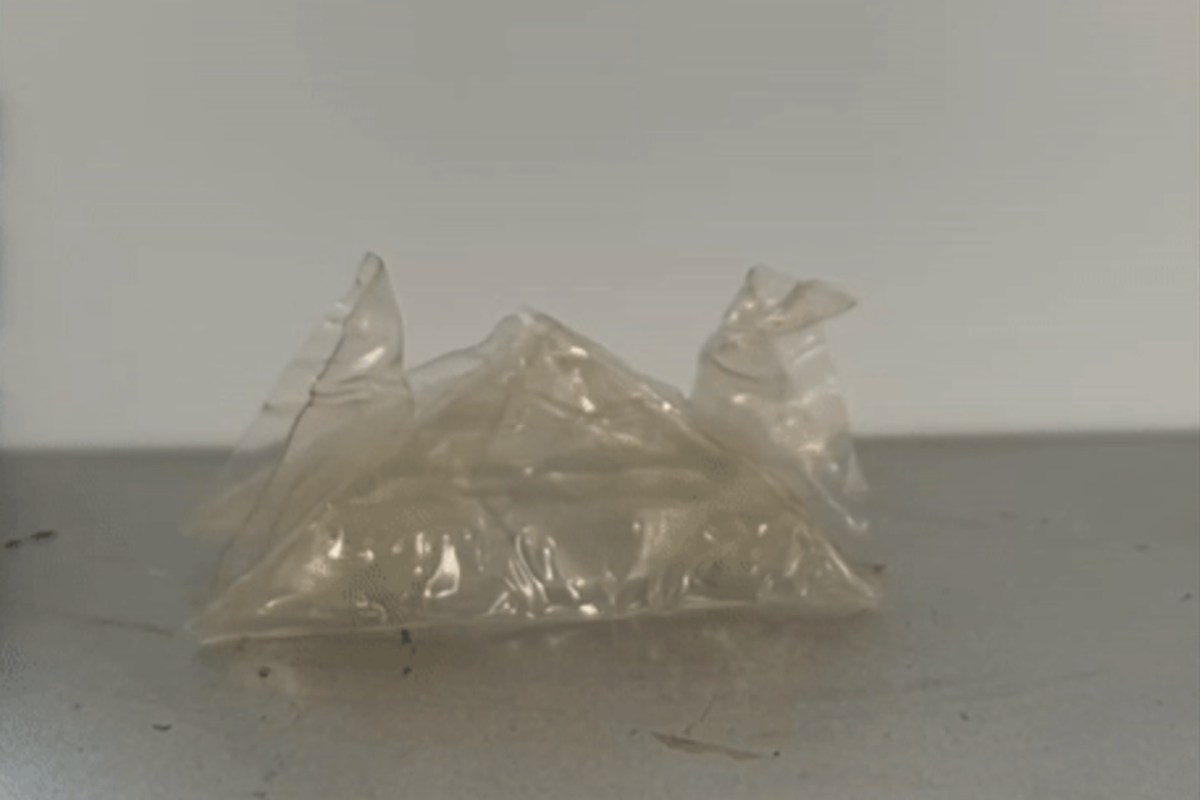Researchers from the University of Tokyo created a novel and eco-friendly plastic with a few characteristics atypical of the material.
The scientists named their creation VPR, which has superior strength and elasticity compared to regular plastic while also demonstrating shape memory, self-healing properties, and partial biodegradability.
It can be broken down into its basic building blocks when exposed to heat and a solvent and undergo 25% biodegradation in weight when submerged in seawater for 30 days, with its polyrotaxane molecules becoming potential food sources for marine life.
The team created it using epoxy resin vitrimer, a relatively new type of plastic that is solid at lower temperatures and can be reshaped at higher temperatures. Vitrimer is brittle and breaks when stretched excessively, so the team added polyrotaxane to compensate for its shortcomings.
"VPR is over five times as resistant to breaking as a typical epoxy resin vitrimer," Project Assistant Professor Shota Ando said in a press release. "It also repairs itself 15 times as fast, can recover its original memorized shape twice as fast, and can be chemically recycled 10 times as fast as the typical vitrimer. It even biodegrades safely in a marine environment, which is new for this material."
These attributes are what makes VPR "an ideal material in today's society," he added.
The researchers demonstrated the VPR's flexibility and shape memory capabilities by folding it into an origami crane, flattening it, and restoring it to its original form with heat despite the complex folds.
The latter feature could be utilized in road construction and maintenance since pavement is typically made of epoxy resin. Replacing it with VPR means that repairs could be as simple as applying heat.
Ando believes that VPR is versatile enough to become a part of a wide range of industries as well, like fashion, robotics, medicine, and vehicle manufacturing.
Should the UT team collaborate with a company that can incorporate VPR, it could become a crucial step in reducing plastic waste and curbing the harmful effects associated with plastic. Around 440 million tons of plastic are produced globally each year, and the material has directly contributed to everything from rising temperatures to adverse health risks.
"I have always thought that existing plastics are very difficult to recover and dispose of because they are subdivided according to their uses," Ando said. "It would be ideal if we could solve many of the world's problems with a single material like this."
Join our free newsletter for weekly updates on the coolest innovations improving our lives and saving our planet.









